With its intoxicating aroma and gorgeous floral display, lavender is one of the most coveted garden herbs. Despite its delicate attributes, lavender is also remarkably hardy. It’s drought tolerant and doesn’t mind poor soils.
Once it gets established, lavender only requires a little bit of maintenance and twice annual pruning to stay healthy and blooming to its fullest potential.
But the big question about planting lavender is: will it come back every year or does it die in the winter time? The answer depends on your climate, management, and the variety of lavender you plant. Let’s dig into the details.
Yes, Lavender Will Typically Return (Variety Dependent)
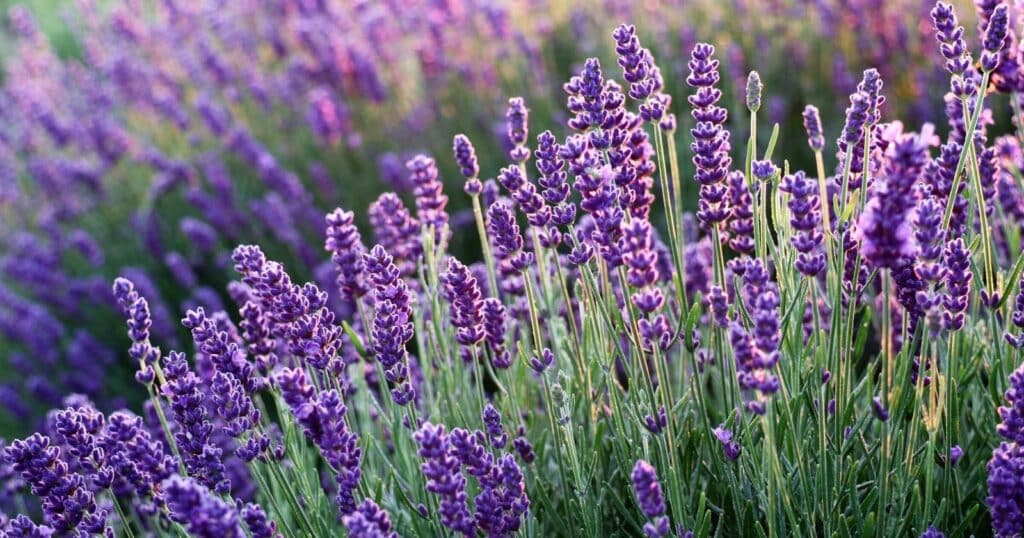
Whether or not lavender comes back every year depends on where you live and the variety you choose. English lavenders are hardy in zones 5 through 8, while French lavender cultivars can only grow in the warmer climates of zones 7 though 10.
If you live in frigid New England or Montana, lavender will typically die in the winter unless it is brought indoors or otherwise protected. In zones 4 and 5, you can try ultra-cold-hardy types varieties like ‘Phenomeonal’ and ‘Munstead’ that may be able to withstand the coldest temperatures.
However, in a more mild Mediterranean-style climate like Oregon or Texas, lavender should reliably grow back each spring after you prune down the long spent stems in the fall. In the warmest southern climates, lavender stays evergreen year round.
Determine your USDA growing zone based on your location and climatic history, then decide whether or not you want to grow lavender in a container or in the ground.
Growing Perennial Lavender Plants
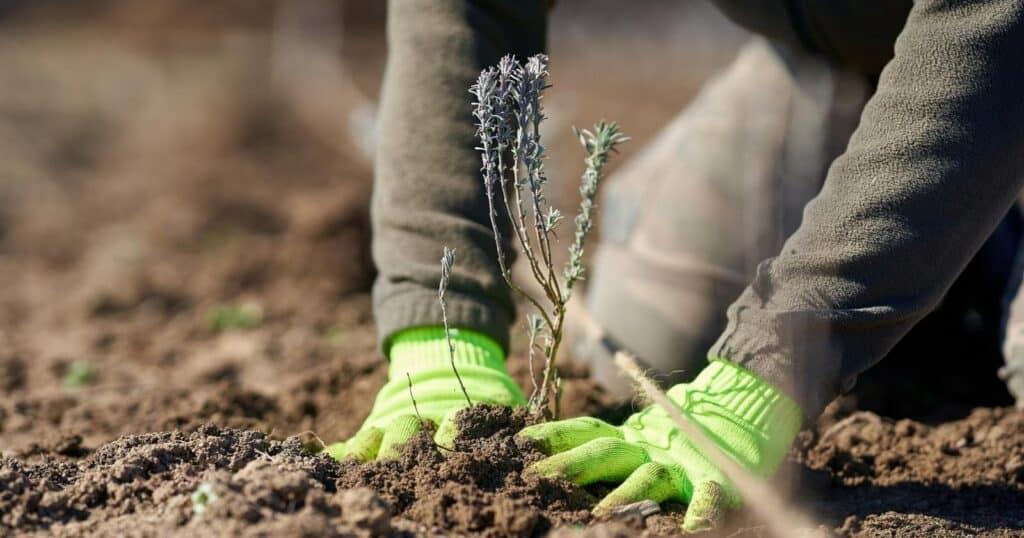
If you want to grow lavender that doesn’t die in the winter time, you will need to understand this infamous herb’s growth habit, preferences, and specific varietal adaptations for your region.
Understanding Lavender’s Life Cycle
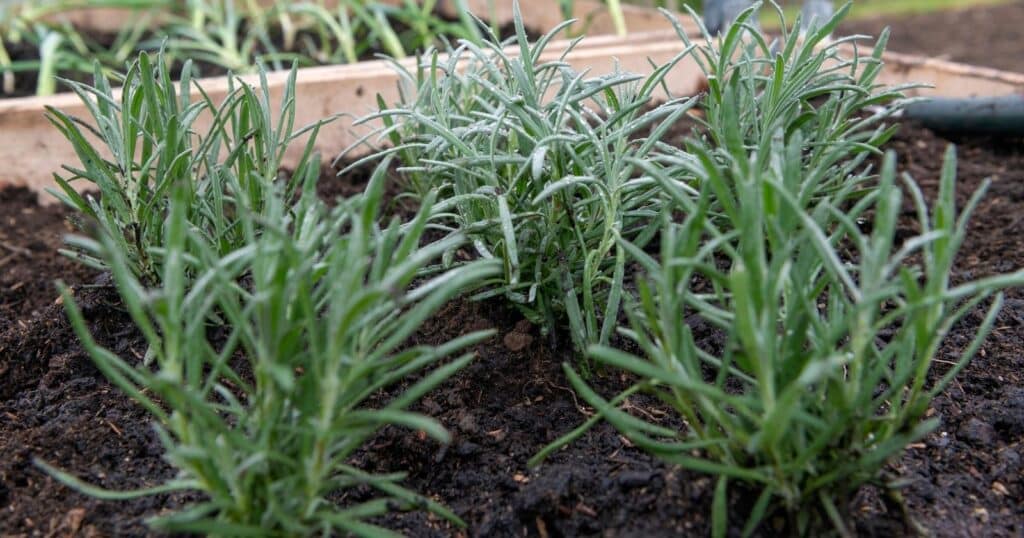
Lavender is typically known as a perennial, but it can also be grown as an annual. As a perennial, lavender can be planted once and survive for 10 years or more. Depending on the climate, it may die back in the winter or remain evergreen. Either way, the root zone remains intact and continues to fuel the plant’s growth.
If you live in an extremely cold northern area, outdoor lavender is commonly grown as an annual (single year plant) because it cannot survive frigid -30°F temperatures. This means you have to choose fast-growing varieties that will flower in the first season, such as
‘Pinnata Lavender’ or ‘Lady’. These herbs will need to be replanted every year.
Annual lavender is most common in Montana, Wyoming, the Dakotas, the Midwest, and New England. Gardeners in these climates can experiment with cold hardy varieties like ‘Phenomenal’ or ‘Munstead’, but unexpectedly extreme winters could still kill them off. For more reliability, you can grow lavender as a potted plant that gets protected during the winter months when it goes dormant.
Selecting the Right Lavender for Your Zone
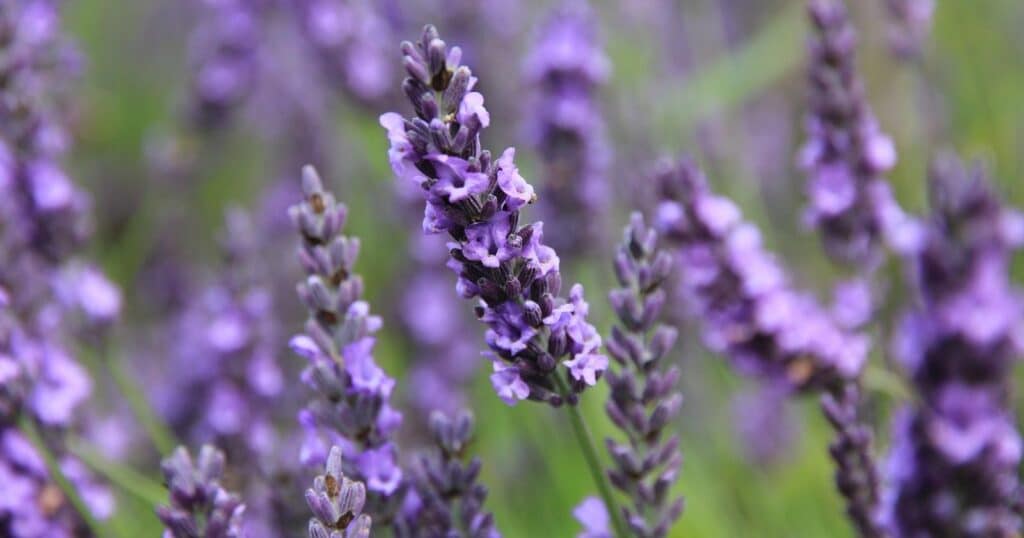
Lavender is a semi-woody herbaceous shrub, which means that it can be planted once and survive for 10 years or more in most climates. The herbaceous non-woody parts of the plant typically develop for a single season while the woodier, hardier base of the plant remains throughout its lifetime. Whether or not it comes back in the spring depends on your growing zone.
Zones 11-12
Extra hot and humid climates like the American south pose a unique challenge for lavender that causes some gardeners to grow it as an annual through the winter time. It will remain evergreen and likely flower continuously throughout the season. It’s best to choose heat-tolerant Spanish lavenders that can handle the steamy summers. Even so, they may not be able to survive the full season.
Zones 6-10
In growing zones 6 through 10 lavender will remain a semi-woody, perennial, evergreen shrub. This means it keeps a mound of foliage atop a semi-woody crown throughout the year (as opposed to a woody tree trunk that expands with growth). In the spring, lavender will regrow its foliage from the base mound. Then it will flower in the summer and slow its growth again in the fall. Only an unusually hard frost will kill tender varieties like French, Spanish, or Portugese lavender.
Zones 4-5
When growing in zones 4 through 5, the herbaceous tops of lavender will die back in the winter. English and Lavandin hybrids are the best cultivars for these zones. We love ‘Munstead’, ‘Vera’, and ‘Royal Velvet’. In the cold months, the dormant plant typically looks a silvery-grey mound that grows close to the soil. The elegant long stems will regrow in the spring and flower in the summer without the need for replanting.
Zones 3 and Colder
In zones 3 and colder, the entire lavender plant will die when the ground freezes. These are the climates where lavender can only be grown as an annual outdoors or as a container plant that is brought inside during the coldest months.
Does Lavender Look Dead in Winter?
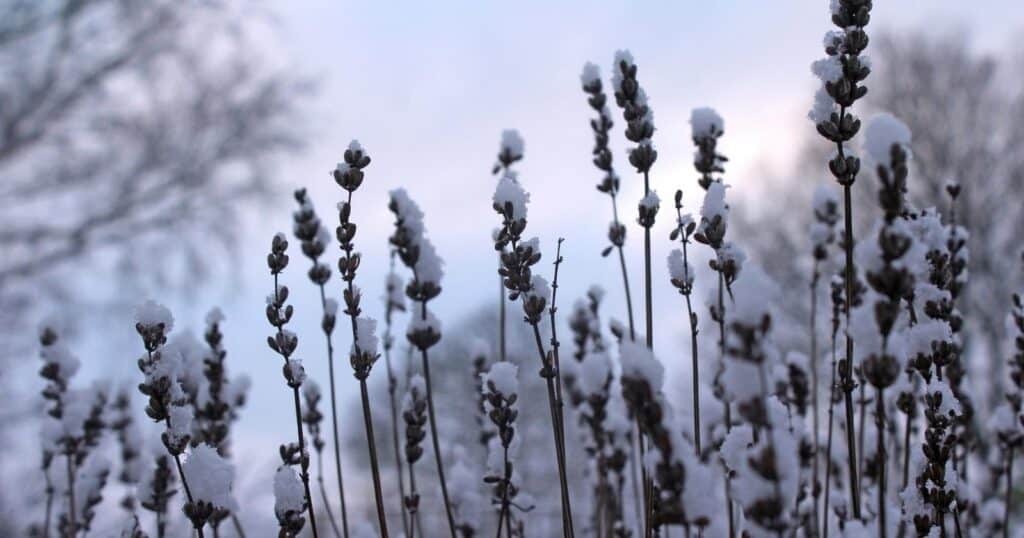
In cold northern climates, lavender may look like it dies in the winter when it’s actually just storing its energy in the root zone. The upper portions of the plant die back (and hopefully get pruned off) in the fall. This happens as the plant prepares for the chilly weather. This protects the plant from unnecessary damage by preserving the woody base. Sometimes, snow and mulch can help further insulate the crown to promote earlier growth in the spring.
If you’re unsure about your lavender’s survival, use this test to determine whether or not your lavender is still alive. First, check if there is any silvery or green foliage remaining near the crown. If there is any green, your lavender will likely grow back once the spring warms. Then, cut a small stalk close to the base of the mound and see if it snaps easily. If it snaps and remains hollow, the plant may be dead. But not all hope is lost. Sometimes only a section of a lavender mound will die, so be sure to check a few other sections before scrapping the lavender bush completely.
What do I do with lavender in the winter?
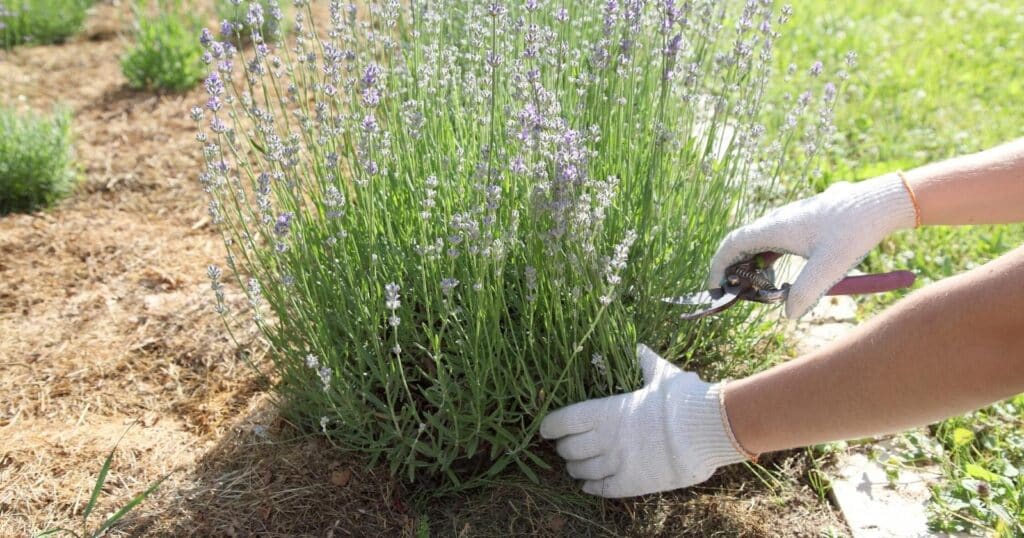
Most lavenders naturally go dormant in the winter and survive on their own in zones 5 and warmer. In cold regions, lavender needs to be brought indoors or otherwise protected. The most important ways to prepare lavender in the winter are pruning, protecting, and ensuring soil drainage.
The most important thing to do for lavender before the winter is properly prune it. In all but the warmest climates, lavender needs to be pruned every fall to prepare for winter. This “harder” pruning should leave only a few inches of foliage above the woody crown, but not cut into the crown itself.
This ensures that the plant reallocates its energy to the root zone to help prepare for dormancy and cold weather. Just be sure you don’t prune too harshly, or the lavender may not have the energy to grow back in the spring.
Next, you need to determine if your lavender needs to be protected or brought indoors during the winter. This is especially important for tender Spanish and French varieties that can’t handle freezing temperatures. Gardeners in zone 5 or 6 with English varieties typically need only small amounts of protection for their lavender in the form of mulch.
Gardeners in zones 5 and colder may consider planting lavender in a greenhouse or container that can overwinter in your garage or windowsill. Overwintering potted lavender will still need some sunlight, but can be kept at temperatures slightly above freezing with very little moisture because it is in a dormant state.
Lasty, ensure that your lavender is growing in well-drained soil. Lavender needs plenty of drainage to help it survive the winter. The soggy, cold weather can easily lead to root rot, which can damage or kill your lavender plant.
If your lavender is growing in waterlogged or hardpan soil, you may want to dig it up and replant in an area that is more aerated. Amend with pea gravel, peat moss, sand, or shredded bark to help improve the drainage. Don’t forget to thoroughly dig a hole 2-3 times the width and depth of the lavender’s root ball.
Wrap Up
If you want lavender to come back every year, remember:
- Lavender will come back after winter if you choose the right variety for your climate.
- Proper pruning helps lavender prepare for dormancy.
- French and Spanish lavenders may die after extreme winters.
- Gardeners in the coldest climates should opt for English and Lavandin hybrid cultivars.
- Lavender can be grown as an annual or a potted container plant to ensure continuous growth.
If you want to grow the best herb garden possible, check out these tips for growing amazing lavender in your garden this season!

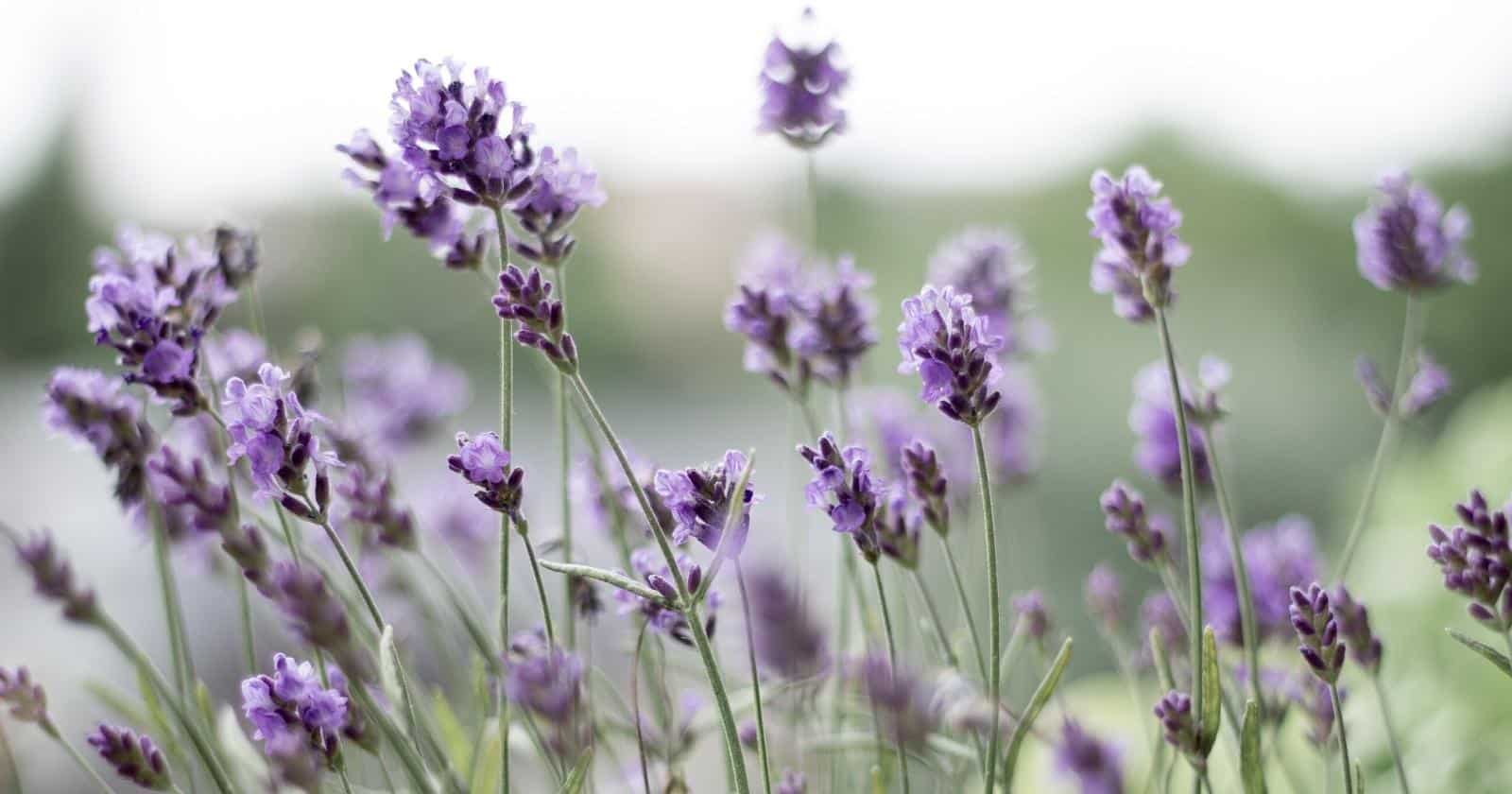
Leave a comment